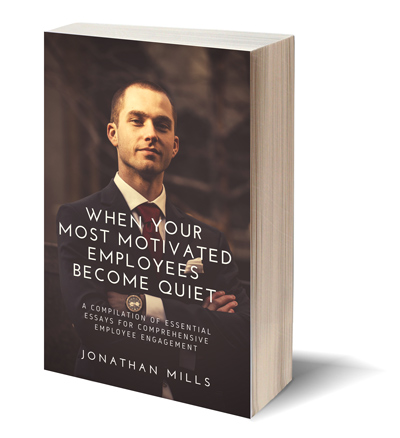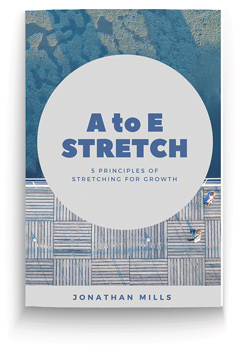Over the past couple of decades, the acceleration of technology and other marketplace drivers have radically changed the very nature of change. Whereas change was once a contained transactional event (and far easier to control), it is now more fluid, open-ended, complex, personal and unceasing. “Transformation” is the latest change concept that has emerged and it is by far the most challenging and complex ‘shift’ prevalent in organisations today. By and large, senior leadership struggles to grasp transformational change, let alone lead it. As such, this struggle is typically limited to mitigating against two major challenges – planning well for smooth implementation and overcoming employee resistance. A focus on just these two important components, however, has not produced desired results, especially in contexts that demand transformational change.
Part of the problem seems to be leadership’s inability to involve all stakeholders adequately in the change process. This produces bad experiences of the change, increases resistance and limits buy-in to and ownership of the necessary changes that need to be made. In fact, often-quoted statistics suggest that 70% of all change efforts fail to deliver their intended outcomes. One of the most recent research projects substantiating this finding is IBM’s study of 1 500 change management executives across fifteen countries where they found that 60% of change efforts fail to deliver their objectives (IBM Global Study, 14th October 2008). Failed change efforts are costly, often resulting in minimal return on investment. Add to that diminishing motivation, irritated and even angry employees and exhausted executives and then you have a recipe for disaster.
The study of people dynamics (culture, emotions, relationships, thought processing, values, behaviour, etc.) has progressed enormously in the last thirty years – we can learn, as change leaders, to influence negative perceptions positively. Achieving breakthrough outcomes requires us to shift those perceptions. Change must be viewed by all as necessary, offering possibility and instilling progress for the company (and thus the future of all employees) sustainably. In their excellent book, “Beyond Change Management”, Dean Anderson and Linda Ackerman Anderson suggest three critical spheres of influence and focus for the conscious change leader in order to ensure maximum participation from all employees and ultimately the possibility of breakthrough results:
- The content of the change – what that the organisation needs to change. The organisational focus of the change could include structure, strategy, business processes, technology, culture, products, services, etc. Content refers to the tangible aspects of the organisation undergoing change – those that are quite observable and reside in the external world we can all see.
- The people in the change – who are affected by the change. ‘People’ refers to the human dynamics of change, including behaviours, skills, emotions, mind-set, culture, motivation, communications, engagement, relationships and politics. Change impacts the emotional disposition of all involved in the change: those who design, implement and support the change and those who are impacted by the change.
- The process of the change – how the change is planned and implemented. The change process denotes the decisions and actions that will produce both the content and people outcomes. These may include a comprehensive roadmap, governance, accountability structures and reporting, an integration strategy and applying course corrections.
The Andersons further note: “Subject matter experts, partnered with internal talent, usually get the content right … that’s the easy part. The greatest possibility and challenge for breakthrough in your organisation right now reside in the areas of people and process”.
Achieving breakthrough outcomes in a changing environment necessitates the on-boarding of all employees and encouraging them to be involved in influencing the content and process of change. The level of ownership that will be forthcoming will solicit the necessary buy-in to the new desired behaviours that will support the change effort and give the company a greater chance of success with the change project.
Free To Grow offers comprehensive people development processes and training to assist organisations and their employees achieve successful and sustainable change implementation










